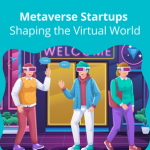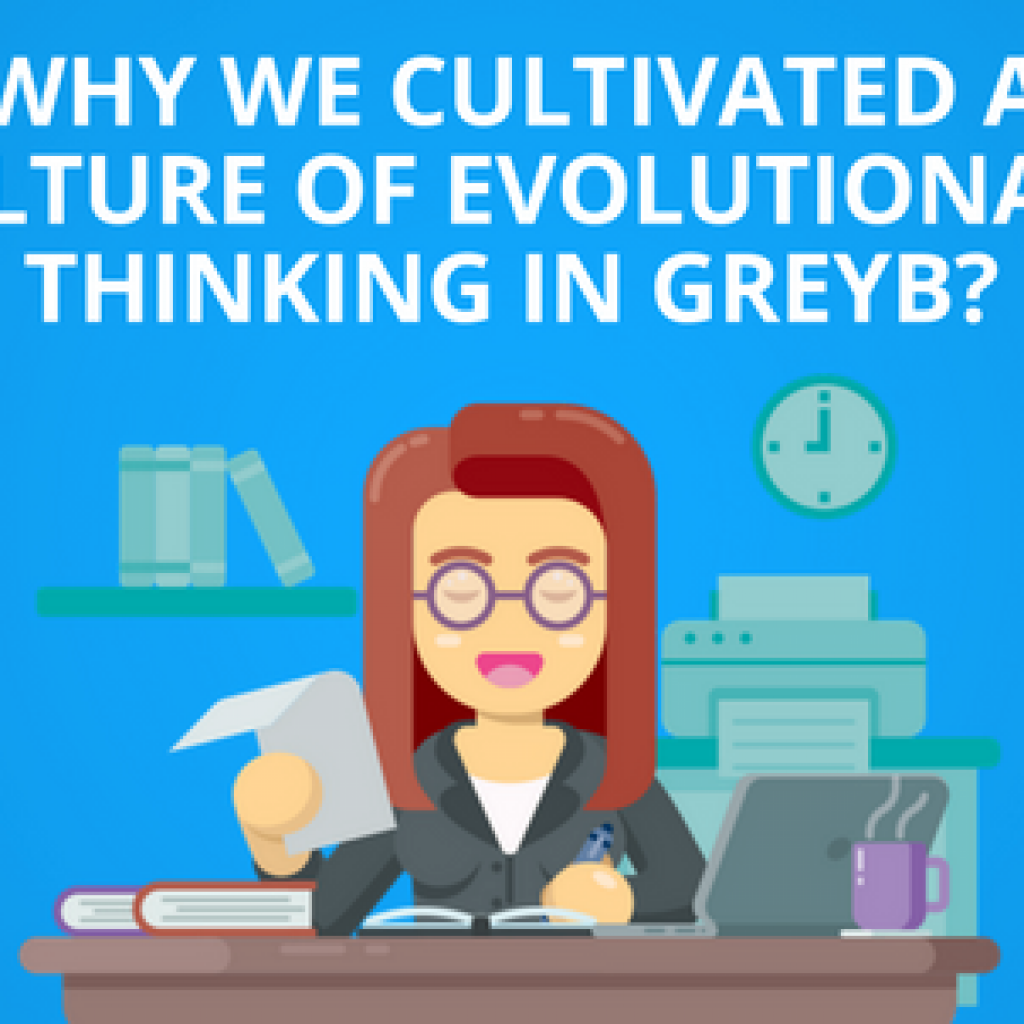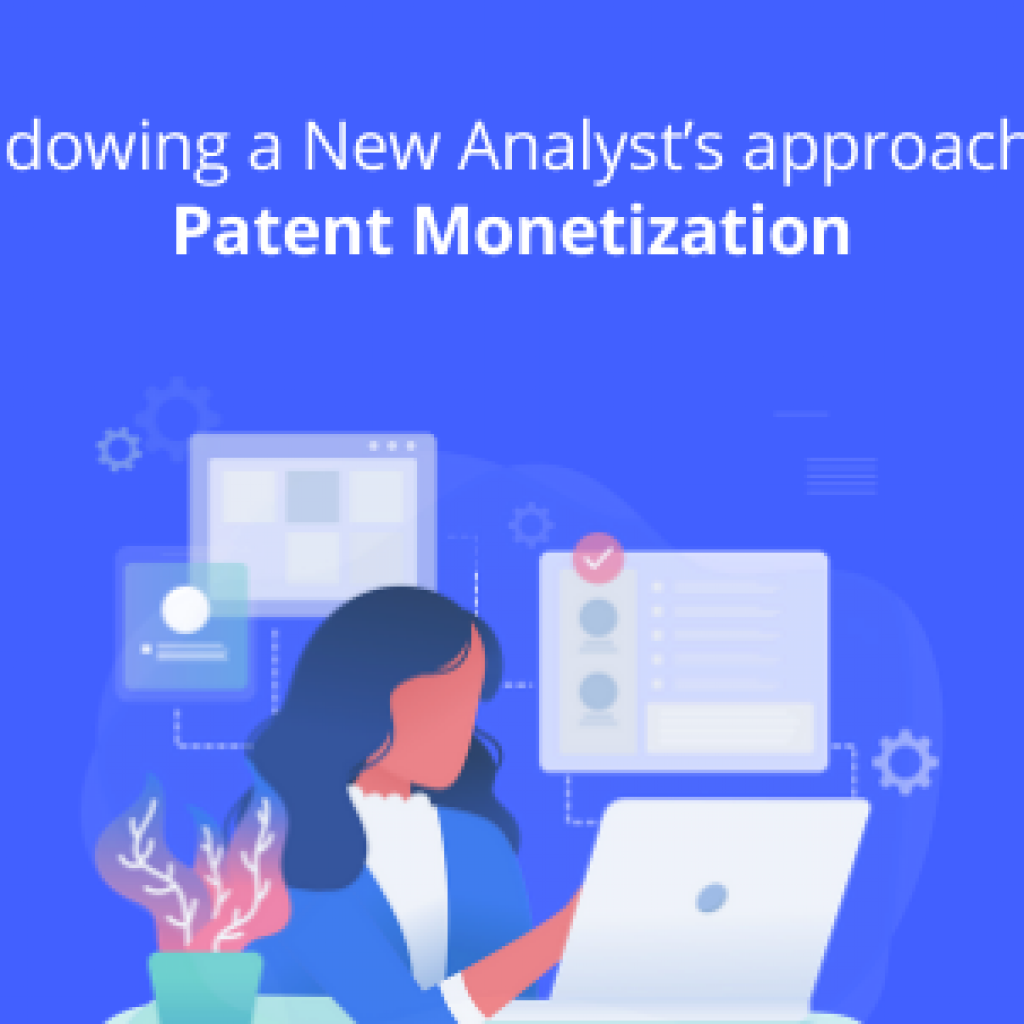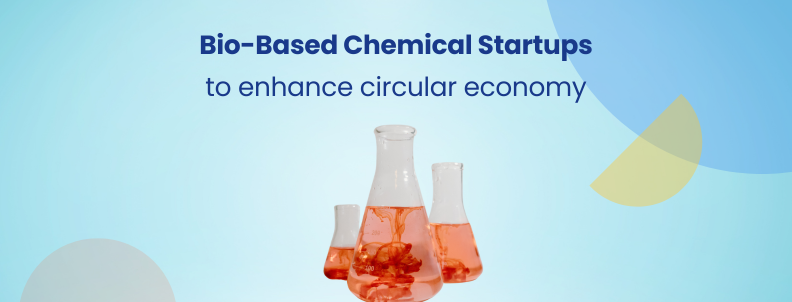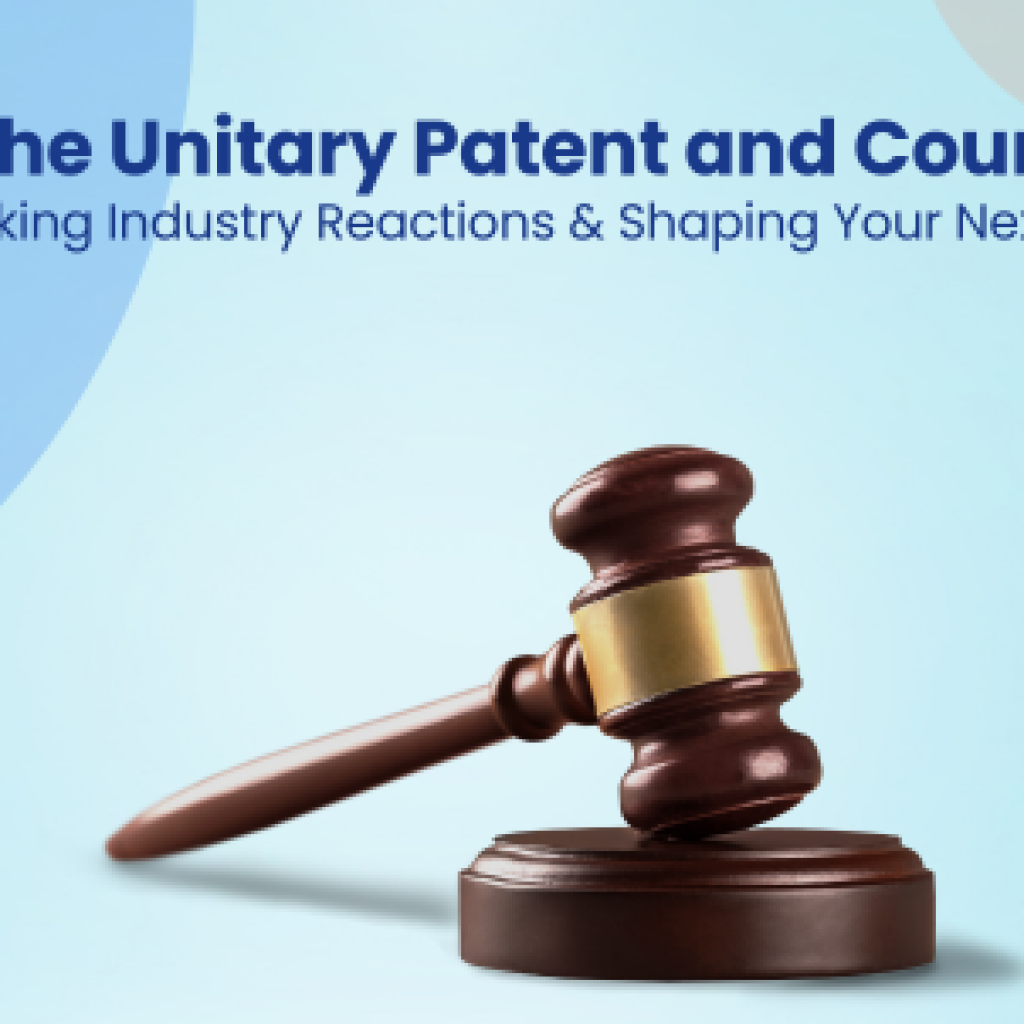Since time immemorial, great companies have become great by hiring the right people. A rookie might wonder why. But seasoned players understand that it is your people who decide your reputation and place in the business – A key reason behind companies’ constant desire to lure and retain the best.
Now, one of the key factors behind so much emphasis being placed on the right people is their way of thinking, their problem-solving mindset, the innovation factor that they bring to the table. Great companies know that the innovation brought by engineers, data scientists, etc., play a major role in driving the company forward.
Because patenting and licensing is a core feature of Qualcomm’s business model, we highly value the contributions of our engineers and staff to the invention innovation process. We encourage and celebrate all our inventors, ensuring that they are adequately trained on how to obtain patents, and that they are recognized for their contributions to patented inventions.
Susie Armstrong, SVP, Qualcomm
Now that we have established the emphasis of having the right people in your organization, there is still a challenge that needs to be overcome – How to find people who can quickly adapt to the inventive culture within the organization, and more importantly start innovating thereby helping the company move forward.
Practices companies use to promote inventive culture among employees
Currently, companies like Qualcomm rely on an inventor training program which involves making them understand the process, organizing sessions and figuratively, a million other things.
Our inventor development program includes both online and in-person classes that cover both the basics of patenting and advanced team-building. Given the importance of patents to funding and encouraging invention across the wireless technology ecosystem, we also host invention sessions with engineers from multiple technology areas to encourage cross-functional information sharing.
According to estimates, hundreds of thousands of dollars are spent every year by companies to train their employees.

It can get pretty expensive.
But is there an alternative way out?
Yes! What we are going to introduce today are ways in which patent data can be utilized to improve the hiring process, or rather re-invent it. Patents represent innovation, and thus, they are a direct measure of how inventive a researcher is and how impactful or worthy are his/her inventions.
You see, patents can provide a pathway to a group of researchers which include university researchers (fresh candidates), researchers already working in the same field (candidates for lateral hiring) in other companies, and individual researchers i.e. ones who are not associated with any academia/company. This is similar to any third-party recruitment agency or platforms; wherein you get a list of potential candidates. The best part is you can easily narrow down the leads and get to know exactly which researchers are working on the same problem that you are trying to solve.
Sometimes the question is whether the candidate researcher present in the list is looking for a change in job or would be willing to switch his/her job if given a good offer.
Well, it is difficult to know this, but some signals can be obtained from the patent data – Switching Tendency of a Researcher
Looking at the companies/academia associated with a researcher/inventor can easily help in estimating his/her tendency to switch from one organization to another.
Example: ‘Zhang, Ying’, one of the top 10 inventors at Ericsson moved to HP after 5 years, and then after two years moved to Facebook.
Talking about Facebook, an interesting stat is that 50% of their top patent contributors (aka innovators) in Artificial Intelligence have been hired from the other companies. The thought-provoking thing here is that most of these researchers also had filed patents with their previous organizations.
When it comes to lateral hiring, Amazon is even one step ahead. 80% of its top patent contributors’ in the Artificial Intelligence domain have been hired from other companies. This also includes hiring from companies, such as Microsoft.
So, it can be considered that patent data if mined carefully and creatively can lead to a gold mine of key researchers.
But then one might ponder — how to filter down the list? Are there any factors equivalent to Grade Pointer or background that can help in determining the skill/ the quality of the researcher?
And again the answer could be found in patent data itself – Attributes of a researcher.
Patent data can be used to evaluate the researchers from both objective and subjective parameters. The objective parameters constitute data points like, innovation index, the success rate of innovation, technology areas within which innovation has been done, etc. On the other hand, subjective parameters include clarity of thought, team play, the worth of innovations, perseverance, etc.
For example – researchers having experience (innovations) in a variety of technology fields can help in bringing new technologies within core areas of a company. On the other hand, if a researcher has been filing a lot of patents as part of a group of inventors, it can indicate that he/she might be a good team player.
And it is not limited to the R&D department – just in case this thought was coming to the mind. It is understood that if a company’s top hierarchy includes people with innovative background, the companies tend to outpace their competitors in terms of innovation.
According to a study conducted by Harvard Business Review, one in every 5 companies have a CEO with a patent on his name.
We found that inventor-led companies were not only awarded more patents, but these patents were commercially more valuable and scientifically more influential than patents awarded to non-inventor-led firms. Importantly, the innovations associated with these patents were also more likely to be radical in nature, resulting in the introduction of more breakthrough products, compared with similar peer firms.
This suggests boards of directors at high-tech firms should pay close attention to the inventor credentials of any potential C-level executive. Well, execution is the key skill that the board looks in a CEO but if he has a different perspective to look at things, he will always be one step ahead of the competition.
So, now that we are done with the strategy part, some of you might have this follow up question – How to get this researchers’ database and how to evaluate them?
Well, let me rephrase this to a much better question: How to use patent data to hire brilliant people?
Well, an inventor mining service is the answer to this question. One that could assist you with the following:
- It takes your technical area of operations as input and gives you a first-class database of researchers that can be screened for potential hiring.
- Based on your other detailed requirements, it evaluates the researchers and prioritizes them to best fit your organization.
Well, you can either set up such service within the IP department of your organization, which might accrue a lot of opportunity cost or hire a service vendor that offers such services. Since you’re here reading this, here is a tip that would save you the trouble of searching for that vendor.
GreyB provides a comprehensive inventor mining service, and we can perform this exercise based on how often you would wish to hire people — even if that’s on a monthly or a quarterly basis. With us being your service vendor partner, you could rest assured that you’d be implementing the right strategy and making the best decisions.
Want to set up a short call so that we can walk you through our offering in detail? Fill the short form below and we will get in touch in no time.
Authored by: Nidhi Balodi and Rajesh Agarwal, Landscape Team.




